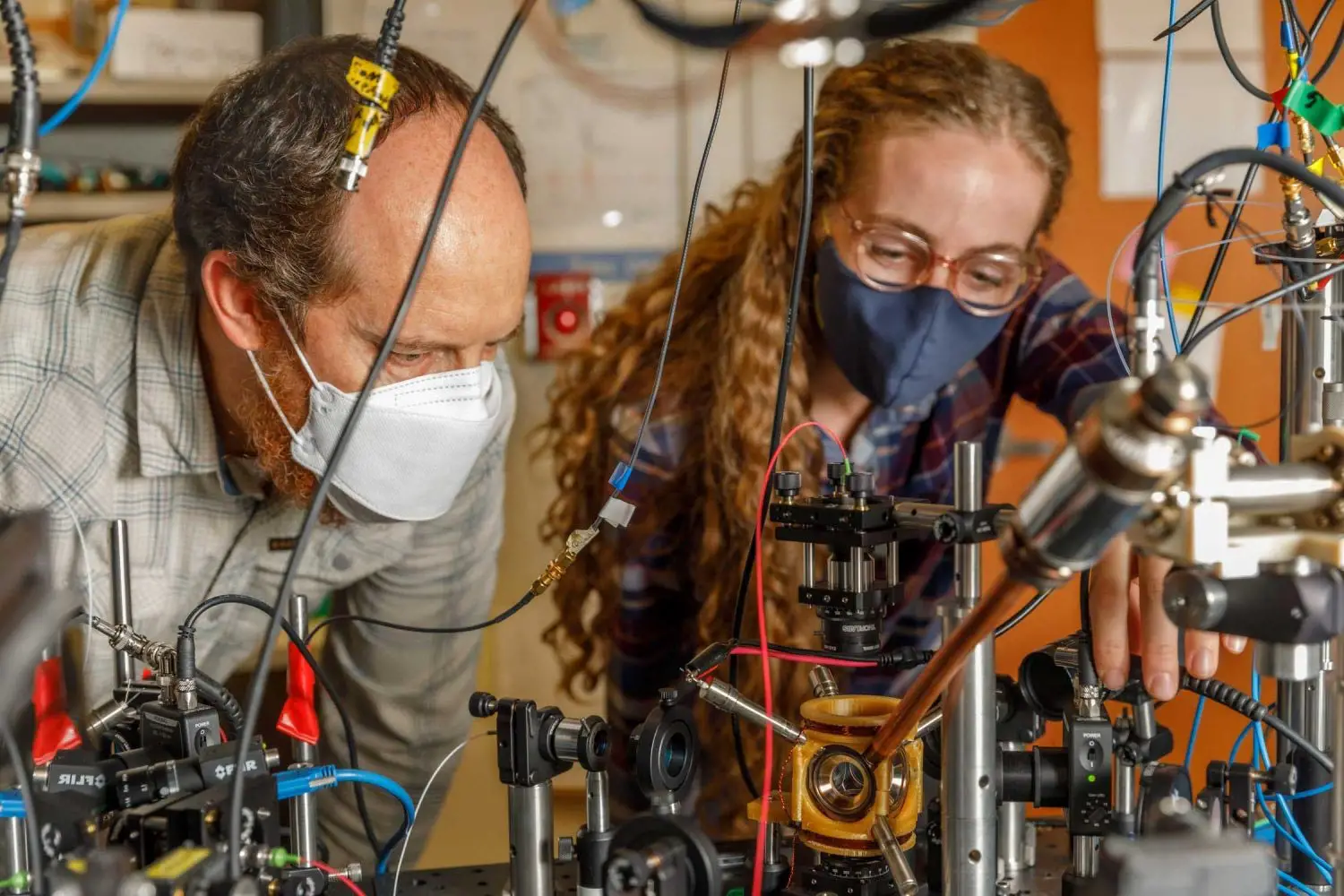Sandia demonstrates how advanced wayfinding technology could finally be compact and fieldable.
Do not let the sapphire windows or titanium metal walls fool you. This tiny, curious device could one day be the start of a new era in navigation.
The vacuum chamber, about the size of an avocado, has held cloud atoms in the right conditions to allow precise navigational measurements for more than a year. According to Sandia scientist Peter Schwindt, it is the first device to move quantum sensors (sensors that use quantum mechanics to outperform other technologies) from the lab to commercial use.
Peter explained that Sandia created the chamber to be a core technology in future navigation systems that do not rely on GPS satellites. It was published in the journal Quantum Science.
Numerous devices use GPS to find their way around the globe. This is possible due to atomic clocks, well-known for their precise timekeeping and for keeping the satellite network perfectly in sync.
Peter explained that GPS signals could be jammed, spoofed, or altered, which could disable navigation systems for both military and commercial vehicles.
Peter suggested that future vehicles could keep track of their position using satellites instead. They could achieve this with onboard devices as precise as atomic clocks but measure acceleration and rotation using lasers that shine into tiny clouds of rubidium gas, such as the one Sandia contains.
Real-world applications require compactness.
Although atomic accelerometers and gyroscopes are already available, they are too heavy and power-hungry for use in an aircraft’s navigation system. They require an extensive vacuum system, which requires thousands of volts of electricity to function.
Bethany Little, a Sandia postdoctoral researcher, said that quantum sensors are essential. She is also contributing to the research. Many problems exist when the sensor is moved into the real world. The sensor is compact and rugged because of two factors. All the physics is done in one cubic centimeter (0.06 cubic inches) of volume. Anything larger than that would be wasted space.
Bethany stated that her team has demonstrated that quantum sensing works without a high-powered vacuum. This reduces the size of the package without compromising reliability.
Instead of using a vacuum pump to remove molecules and ruin measurements, a pair called getters uses chemical reactions to bind intruders. Each of the getters is about the same size as a pencil eraser. They can be hidden inside the two tubes sticking out of the titanium package. They can also be used without power.
Peter worked with Sandia material scientists to create the chamber from titanium and sapphire. These materials are particularly effective at blocking gasses such as helium which can easily pass through Pyrex and stainless steel. Sandia’s Laboratory Directed Research and Development Program provided funding.
Sandia developed sophisticated manufacturing techniques to construct the nuclear weapons components. Like a nuclear weapon, the titanium chamber must function reliably for many years.
The Sandia team is monitoring the device. They aim to keep the device sealed and operational for five more years. This is a significant milestone towards proving that the technology can be used. They are exploring ways to improve manufacturing efficiency in the interim.
